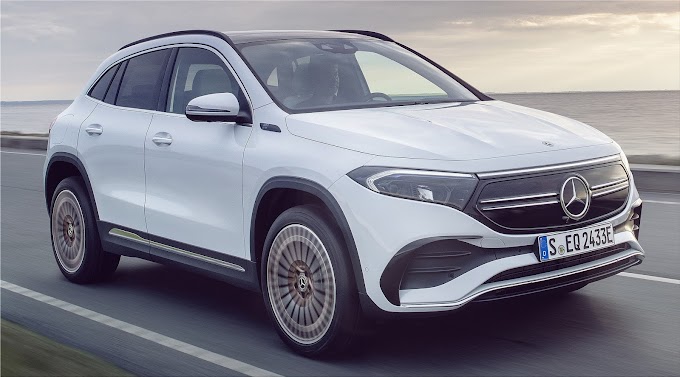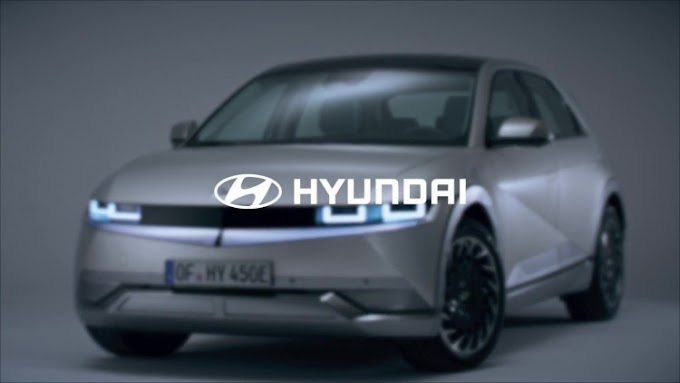Electric bikes market size is expected to increase to USD 95.48 billion in valuation by 2027, with a robust CAGR growth of 10.9% over 2020-2027.
Some major investments in e-bikes during this pandemic include a $150 million investment in Rad Power Bikes. The company received $150 million in funding from major investors like Morgan Stanley Group. Similar positive developments include iconic Harley Davidson's entry into e-bikes with a promising bike launch in 2020. Major electric bike companies globally include Derby Cycle, Accell Group, Giant Manufacturing Co., Ltd, Fuji-ta Bicycle Co., Ltd, and Jiangsu Xinri E-Vehicle Co., Ltd.
Electric Bikes Market: Key Insights
According to a study published in New York Times, e-bikes offer 'medium exercise' contrary to the widespread perception that it doesn't provide any exercise. Furthermore, the study tracked bikers on a 3-mile commute. This duration is considered the average commute to work for most Americans. The study revealed that most bikers enjoyed their commute, taking quicker to get to work and much more ease. Furthermore, e-bike travel helped bikers burn 344 to 422 calories. The growing demand for fitness, environmental sustainability, and increased feasibility of using an e-bike in real-world scenarios remain key drivers of the electric bikes market growth. The original study was published in the Translational Journal of the American College of Sports Medicine.
Electric Bikes Trends and Developments
According to lead experts at Brandessence Market Research, "People's increased demand to meet needs of mobility, while maintaining social distancing during covid-19 pandemic remains a major driver of growth. Furthermore, this trend is likely to continue as a phenomenon like e-bikes embeds the much-needed motor and battery support to welcome bikers from all backgrounds and ages. This trend supports the need for micro-mobility, a key ticker for many to consider a bike as a real alternative to conventional transport like vehicles".
While challenges like limited support for e-bike infrastructure remain a major restraint in the global electric bikes market, concerns about potential accidents and safety also remain concerns among bikers. However, despite the concerns, bike uptakes are likely to witness a tremendous rise. On the one hand, various rental and financing schemes make it easier to purchase e-bikes for commercial and individual purposes. Additionally, e-bikes (under 20 miles) do not require registration, driving license, or insurance. These are also far cheaper than purchasing a new vehicle. Hence, rising demand for alternate mobility, the newly added joy of riding bicycles for all bikers, and growing demand for environmental sustainability are likely to remain key drivers over the 2020-2027 periods.
Electric Bikes Market
According to the World Economic Forum, electric bicycle sales increased by 145% in the US during the 2019 and 2020 periods. The article further forecasted double growth in electric bike sales as compared to the growth of electric cars. The growing demand for electric bikes for fitness, promoting environmental concerns, and commercial applications like food delivery remain key drivers of growth in the electric bikes market.
Electric Bikes Market: Competitive Analysis
Electric bike innovation focuses on digitization, greater on-road mileage, increased support for traditional paddling, and safety. Some firms have already accomplished incredible achievements, including electric motorcycles that can travel 420 km or 261 miles on a single charge. Similarly, Harley-Davidson is bringing back the historic aesthetic of electric bikes with glossy black paint and honey-colored leather embellishments. The rising attractiveness of electric motorcycles, the increased demand for features, and the presence of large competitors like Harley-Davidson point to a promising future in the global electric bike industry.
Technological advancements like 3D printing are also leading to significant enhancements in new bikes. For example, 3D printing has enabled graphene-based manufacturing, improving stability, robustly built, decreasing manufacturing times while simultaneously providing a much more lightweight bike. However, these enhancements have led to more costs, as e-bikes are gearing to iconic figures. Furthermore, electric vehicles in global cities register more than 10% y-o-y growth, even outpacing population growth rates. The rising collaboration between major innovators, and increasing regional players globally, will offer more business opportunities during the 2020-2027 periods. Most key players in the global electric bikes market are gearing up for large investments in R&D as global competition for the best electric bike manufacturer heats up.
Electric Two-Wheeler Sales Witness Major Growth in the Asia Pacific
According to the International Energy Agency, over 90% of countries globally had incentives in place for electric vehicles. Furthermore, key markets like China, India, and the United States exhibited support for charging infrastructure. Furthermore, about 25% of all-electric vehicles on the road are electric. While most of the demand (95%) comes from China, India, and other Asian countries is expected to catch up fast. Large populations, cheap demand for advanced mobility, and a growing drive for a sustainable future are likely to push most Asian countries to adopt electric vehicles. While this has trend has taken off in major countries like China, increasing policy to support electric infrastructure will also drive similar growth in other Asian nations.
Electric Bikes Market: Key Segments
The electric bikes market is divided into Lead-acid, Lithium-ion (Li-ion), and Others. Among these, lithium-ion batteries are expected to hold the largest share of total revenues globally. This segment accounted for more than 60% market share in 2020. The increased innovation in lithium-ion batteries, long-proven use, and relatively inexpensive application remain key drivers for its growth.
The electric bikes market report is also segmented on the basis of class into class-1, class-2, and class-3. The class 3 bikes require special registration as their speeds can reach upwards of 30 miles, limiting their application to commercial uses. However, growing demand for mountain biking and increasing electric infrastructure remains key drivers of growth for the class-3 bikes in the global electric bikes market. The class-1 and class-2 electric bikes are likely to dominate the total market share in North America and Europe. The Asia Pacific is likely to witness a much stronger demand for class-3 electric bikes. @via Statista.










